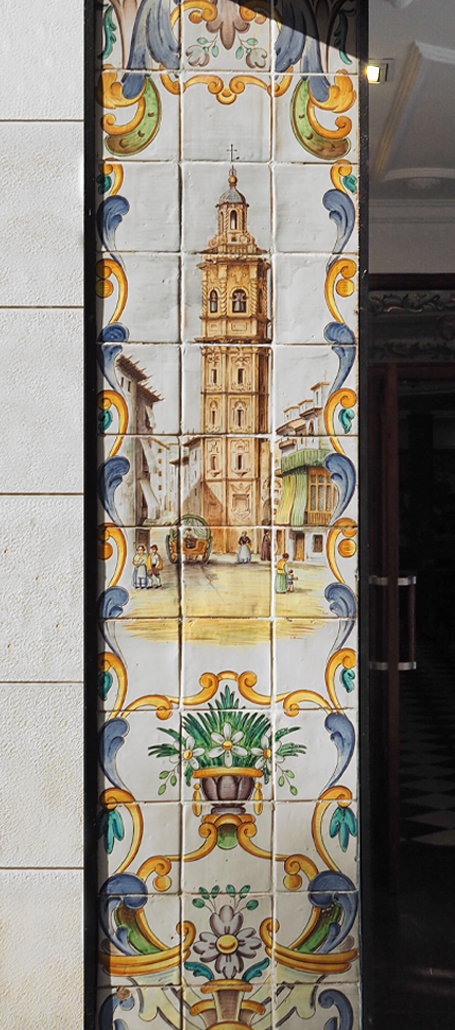Characterized by its premises located next to the old town of Valencia, where bohemian tradition and modernity coexist, decorated with ceramics from Manises. Santa Catalina has two floors with two large capacity rooms.
Open all year and holidays.


Without a doubt, the Valencian cultural and leisure center par excellence is the Barrio del Carmen, located in the historic heart of the city. In which we can find one of the most famous horchaterías in the city for various reasons. As one of the oldest, it has two centuries of tradition.
The possibility of attending to its clients in any language and of course, its excellent treatment with them. Where we can find typical products such as horchata or Agua de Valencia, but its great specialty is Chocolates and Artisan Ice Creams.

Manises Ceramics
Over the years, Manises has undergone many changes, but the town and its history are best defined by the production of ceramics, inherited from the previous arab settlement. Initially, from the 14th century until the 16th century Manises ceramics gained fame all over Europe with its shiny surface and blue edging, was requested by princes and popes alike, and was praised by many throughout that period.


• THE ORIGINS •
At the start of the 16th century, Manises ceramic tiles had much commercial success, particularly heraldry. Between the 17th century and 19th century, an era of decline due to changing tastes and fashions, tiles would also be styled with polychrome and imaginative motifs, and would be used for decoration, as symbology and as a building material, and this would provide another boost to Manises ceramics production.

• CENTURY XX •
Over the years, Manises has undergone many changes, but the town and its history are best defined by the production of ceramics, inherited from the previous arab settlement. Initially, from the 14th century until the 16th century Manises ceramics gained fame all over Europe with its shiny surface and blue edging, was requested by princes and popes alike, and was praised by many throughout that period.


• UNTIL TODAY •
So far this century, several different styles and techniques are employed, not forgetting the latest technological advances and artistic changes which can be found in industrial activities as well as technical and artistic centres, and cultural activities.
Lastly, two important events in the resurgence of our ceramics industry – the creation of the Manises School of Ceramics in 1914, founded by Vicente Vilar David, and the inauguration of the Municipal Museum of Ceramics in 1969, subsequently refurbished and expanded in 1989. The latter shows us the past and present of Manises ceramics.

